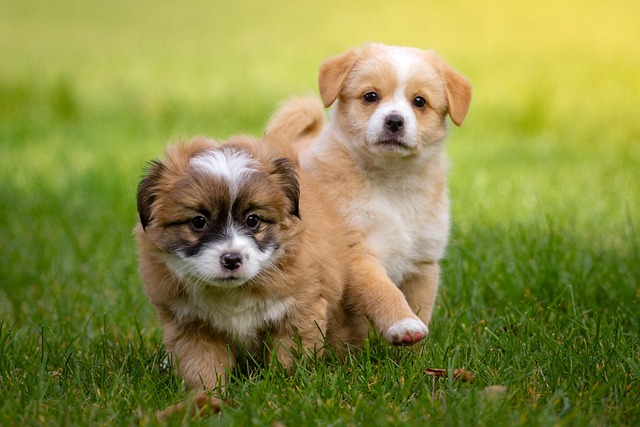
How can I tell if my dog's heatstroke is serious
Let’s be real: It’s a sticky August morning in Los Angeles, and you took your 2-year-old Golden Retriever, Max, for a walk a little later than usual
Many dog owners notice clumps of fur on couches or clothes and wonder how to ease the mess—diet often plays a bigger role than you might think. Adding foods rich in omega-3 fatty acids, like wild-caught salmon or flaxseeds ground fresh, can strengthen your dog’s hair follicles over time; just remember to start with small portions to avoid upset tummies, a common tip from vets across the US and EU. It’s also key to check local regulations—some regions require pet food to meet specific nutrient standards, so always pick brands that comply with laws in your area, whether you’re in California or Germany.
High-quality protein is another must, as it builds healthy fur from the inside out. Lean options like chicken breast (cooked plain, no seasonings) or turkey work well, and they fit right into most dogs’ daily meals without extra fuss. Avoiding low-grade fillers in cheap kibble helps too—these can lead to dull coats and more shedding, something pet owners in the UK often learn when switching to premium foods. Always introduce new foods slowly, though, to prevent digestive issues, a best practice recommended by animal behaviorists.
 Pumpkin, both fresh and canned (unsweetened, no spices), is a surprising helper thanks to its fiber and vitamins, which support overall skin health—happy skin means less loose fur. It’s easy to mix into dry food, and most dogs love the taste, making it a hit in households from Texas to France. Just be mindful of portion sizes; too much pumpkin can cause diarrhea, so stick to a tablespoon or two depending on your dog’s size, a guideline that aligns with pet care norms in most Western countries.
Pumpkin, both fresh and canned (unsweetened, no spices), is a surprising helper thanks to its fiber and vitamins, which support overall skin health—happy skin means less loose fur. It’s easy to mix into dry food, and most dogs love the taste, making it a hit in households from Texas to France. Just be mindful of portion sizes; too much pumpkin can cause diarrhea, so stick to a tablespoon or two depending on your dog’s size, a guideline that aligns with pet care norms in most Western countries.
Don’t forget about hydration—plenty of fresh water helps nutrients absorb better, boosting the effects of those shedding-fighting foods. Keeping a water bowl full at all times is simple, but it’s often overlooked, especially during busy weeks. Also, regular vet checkups are a must; sometimes excessive shedding signals health issues, not just diet, and staying on top of appointments keeps you compliant with local pet welfare laws, which prioritize preventive care in places like Canada and Italy.
Finding the right foods to cut down on shedding takes a little trial and error, but focusing on omega-3s, protein, and skin-friendly veggies like pumpkin will set you up for success. Always follow local food safety rules for pets, and don’t hesitate to ask your vet for personalized advice—they know the specific needs of dogs in your area, whether you’re dealing with dry winters in Minnesota or mild climates in Spain. With the right diet and care, you’ll see fewer fur balls around the house and a happier, healthier pup.

Let’s be real: It’s a sticky August morning in Los Angeles, and you took your 2-year-old Golden Retriever, Max, for a walk a little later than usual

You're enjoying a summer afternoon at the park when you notice your dog has stopped panting and appears disoriented - their gums are bright red

Let’s paint the picture: You’re in your Denver apartment, watching your 4-year-old Boston Terrier, Ruby, plop down mid-play session with her favorite toy

Many dog owners notice their pets nails seem shorter after regular walks,but how much does this daily activity actually help?The answer depends on where you walk—concrete sidewalks or asphalt streets gently file nails as a dog's paws hit the ground

Most dog owners notice their pup scooting across the carpet at some point, but few connect it to impacted anal glands. These small sacs near a dog’s rectum secrete a scent for marking territory

Most vets agree that regular dog teeth cleaning is key to avoiding painful dental issues later. For healthy adult dogs, a professional cleaning at the vet’s office every 12 to 18 months usually works well.